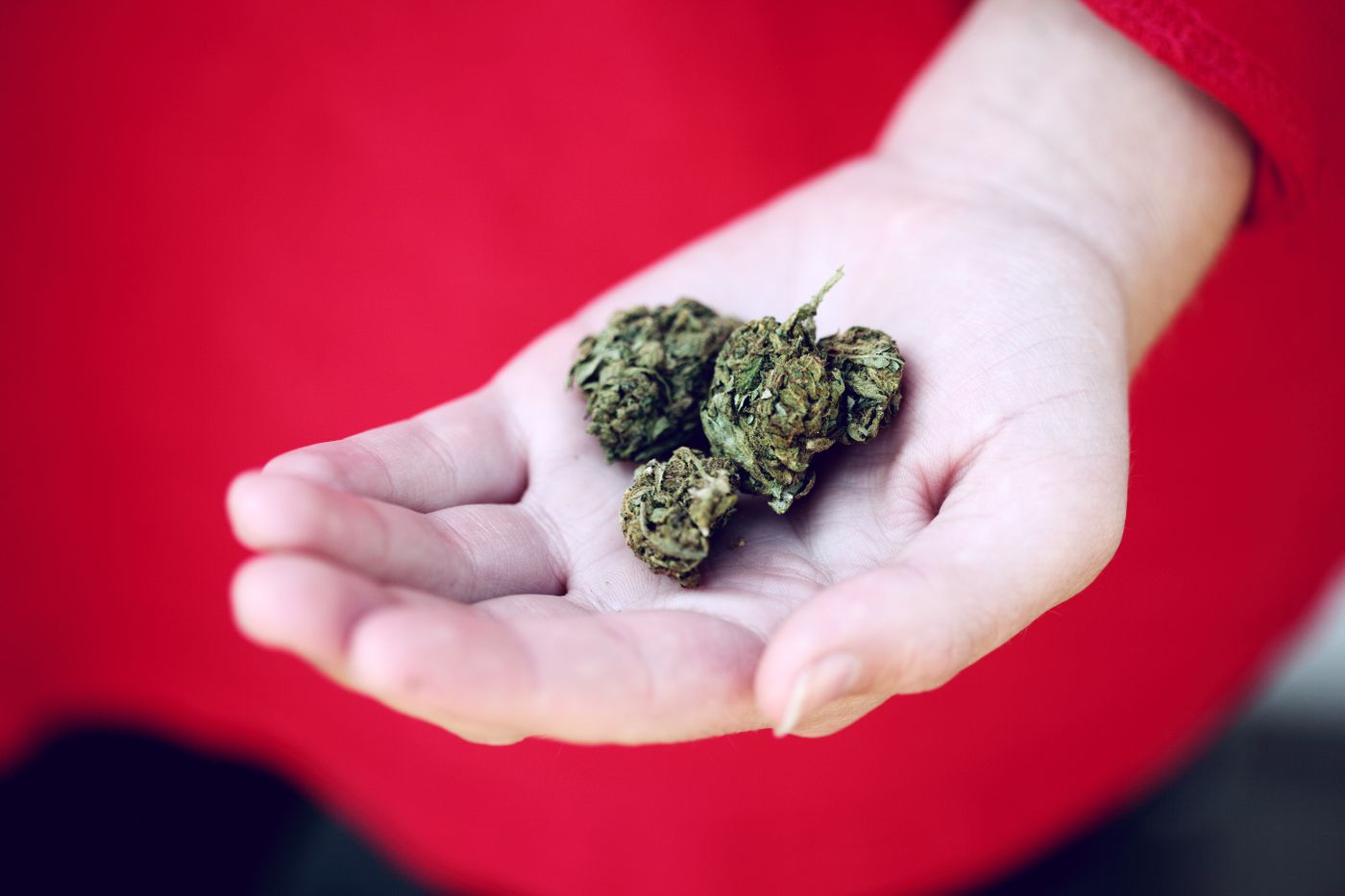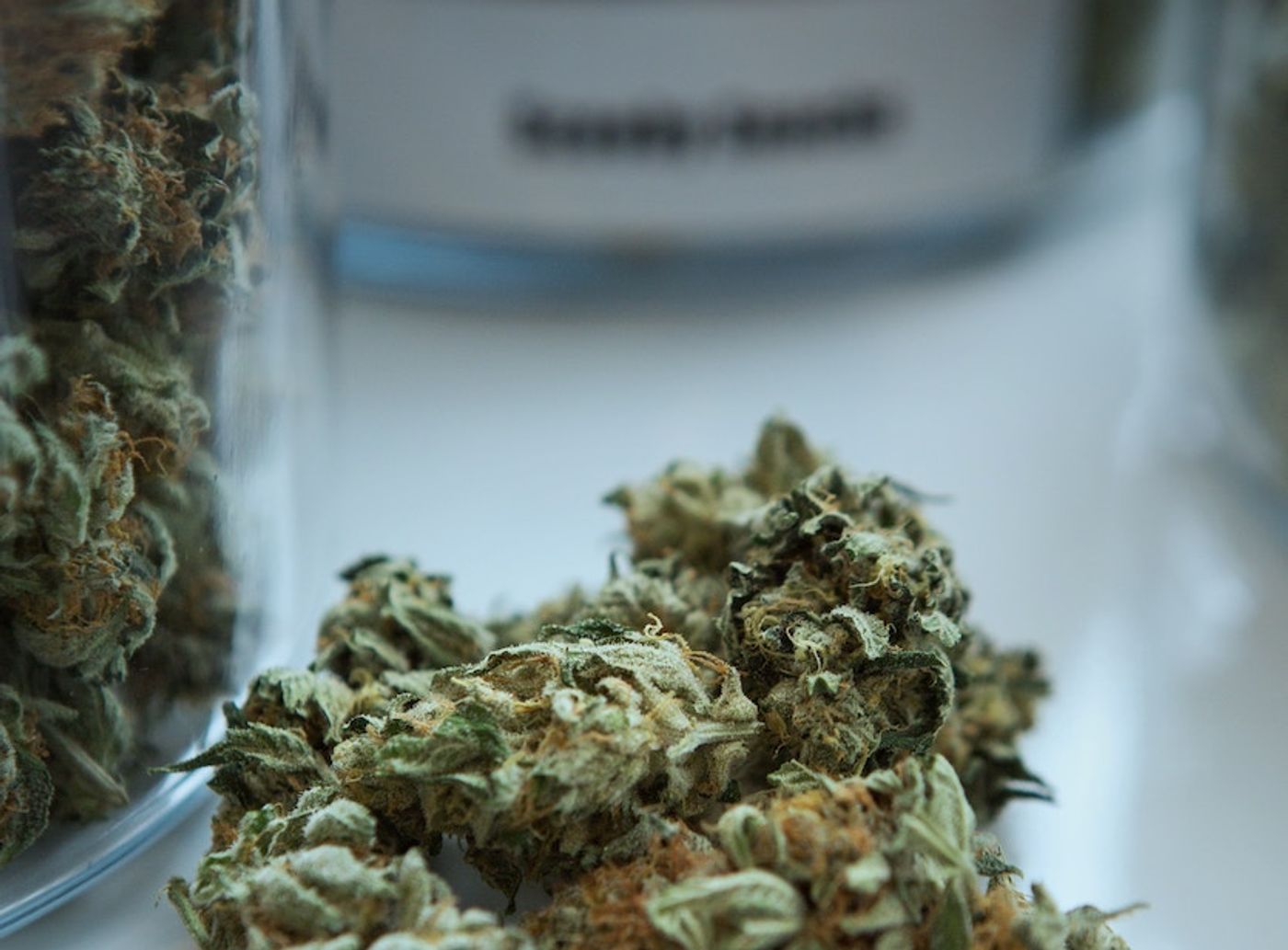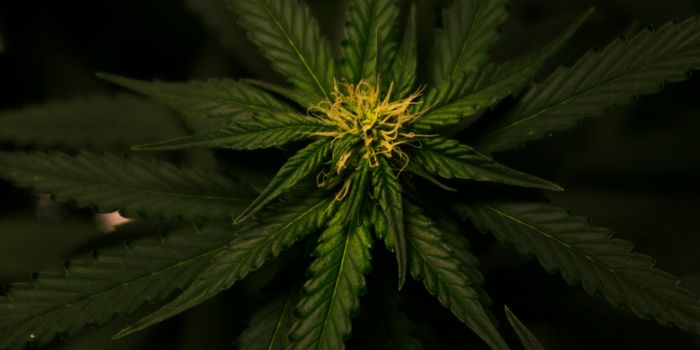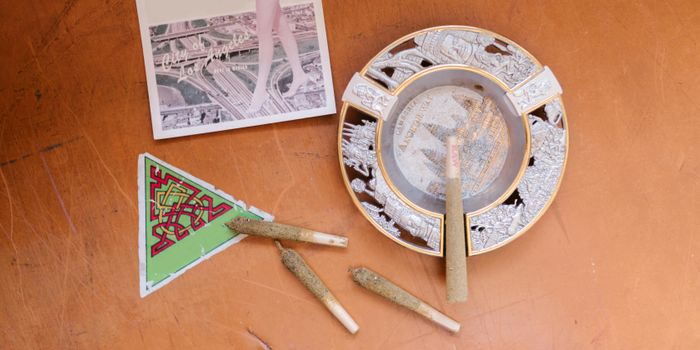Learning How to Be a Cannabis Sommelier
Consuming cannabis is no longer as simple as just asking for "marijuana" - now there are a lot more complexities such as various strains for different purposes and you can even buy CBD flower. Another marijuana first has been achieved: the emergence of the cannabis sommelier. At the Trichome Institute in Colorado, students are learning how to fine-tune their senses to determine the quality of different samples of marijuana. They can look for mold, aging, nutrient lock, and other indicators of poor quality pot. These soon-to-be cannabis connoisseurs are learning how to separate good quality marijuana from poor, a skill that is increasingly in need due to the growth in the cannabis market.
Photo source: UnSplash.com
It's not just quality that these students are trying to determine, but the effects of the pot as well. Remember, this is by smell, not by ingestion. The technique, as described by Trichome Institute founder, Max Montrose, is called "interpening". It is named after the aromatic compounds within cannabis called terpenes (aka terpenoids) which give a strain of cannabis its particular smell.
Terpenes have gained much attention lately as the relaxation of marijuana laws has made researching marijuana easier. As a result of this, new cannabinoid compounds are being discovered at a rapid pace. These compounds could contribute to marijuana's intoxicating or health effects. Now intrepid, self-ascribed "cannabis experts", like Mr. Montrose, are taking advantage of these discoveries and applying them to the burgeoning cannabis industry.
Mr. Montrose hopes to get the industry to move beyond the strict classification system of "strain" (sativa, indica, or hybrid) or by relying on the percentage of THC. In an illustrative example, Mr. Montrose compares two strains with similar pharmacological profiles with Leafly.com. He states, “They were both 22% THC, 1.5% CBD, and 0.5% CBN [cannabigerol]. So why does one flower make you feel like you can clean your whole house while the other makes you feel like you can’t lift a pinky? What’s the difference if their cannabinoids are identical? It’s terpenes. And terpenes are complex.”
Strains have been classified based on a number of characteristics: subspecies (indica or sativa), THC concentration, and by the proportion of THC to cannabidiol (CBD). These all may fall short because they do not take into account the effects of terpenes. In a seminal paper on marijuana, Dr. Ethan Russo lays out the theory that these terpenes, in their relative concentrations, could have more to do with the subjective effects of different types of marijuana than once thought. Mr. Montrose has built his program around that theory.
Photo source: UnSplash.com
Different strains of cannabis have different concentrations of various terpenes. Terpenes are also found in other plants, which lend them their own unique smell (for example, caryophyllene has a pepper, woody smell, which can be found in, of all things, pepper). These terpenes not only give the cannabis flower its unique scent but also may be behind the psychoactive and non-psychoactive (e.g. anti-inflammatory) effects of cannabis. They can also interact with each other and with THC to modulate the psychoactive experience, a phenomenon known as the "entourage effect".
If you think that Mr. Montrose's program would be a fun and easy activity for pot users, think again. The course is actually pretty difficult. If you pass you get an official certificate declaring you a newly minted "cannabis sommelier". However, the test is rather difficult, with only about 10% of students passing it the first time.
See the video below for more information about interpening from the first cannabis sommelier, Max Montrose.
Video source: YouTube.com
Sources: TrichomeInstitute.com, Leafly.com, LabRoots.com, British Journal of Pharmacology, Cannabis and Cannabinoid Research










